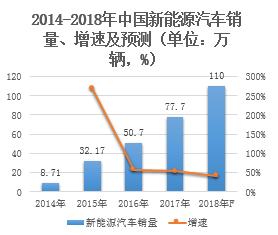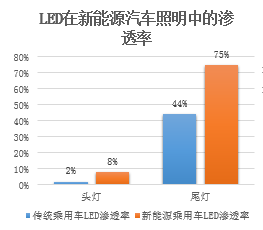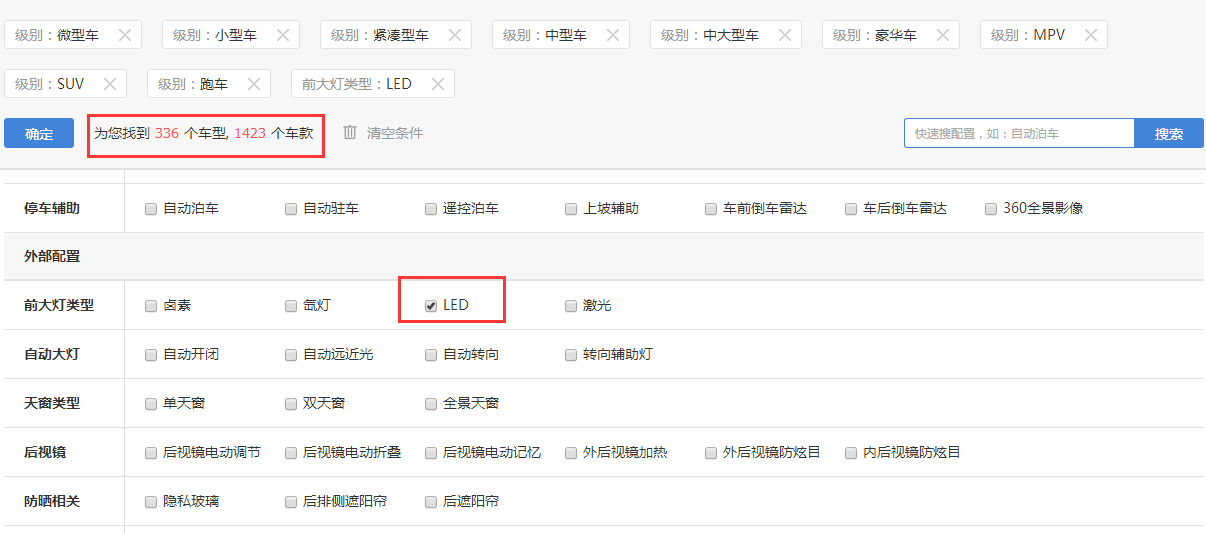LED manufacturer Mulinsen announced that it has entered the field of automotive LED lighting. The main LED light source products are currently planned to be produced in Zhongshan and Jiangxi. However, Mulinsen’s car lamp product strategy started from Taiwan, China. Through the cooperation between Taiwan’s Mulinsen and the Taiwanese lamp factory, the company initially cut into the aftermarket of rear lights and direction lights. It is expected to start in the first half of next year. goods. As a long-term upstream chip supplier of Mulinsen, Jingyuan Photoelectric Materials will have the opportunity to benefit.
Industry insiders pointed out that compared with halogen lamps, whether the automakers are replacing LED lights, the key is still the cost, and the flagship model has a higher willingness to adopt. However, the economic models use LED lights, and the cost of the "digestion" increased by the OEM and the users. Only the majority of economic models use LED lights, the entire LED lamp market will have a big outbreak.
However, the entire automotive industry is experiencing unprecedented changes - the arrival of the era of new energy vehicles, will greatly change the design of the entire vehicle, especially the lighting system changes outside the vehicle and the interior of the three-electric system, and intelligent Matching LED headlights are the best choice.
According to the data of the TGII, the number of new energy vehicles in China reached 777,000 in 2017, with a growth rate of 53.25%. It is estimated that the sales volume of new energy vehicles in China will be 1.1 million in 2018, with a growth rate of 41.57%. .

According to GGII data, China's new energy vehicle ownership will continue to grow rapidly. The rapid increase in the penetration rate of new energy vehicles will drive the rapid growth of LED automotive lighting. However, the GGII data also shows that in 2017, the penetration rate of LEDs in new energy passenger headlights reached 8%, and the penetration rate on taillights has reached 75%.

This shows that although LED automotive lighting has a broad market, the high penetration rate of LEDs in the taillights also reflects the embarrassing situation of the LED taillights after the market.
In the LED packaging industry, including OSRAM, Hongli Zhihui, Jingke Electronics, Jufei Optoelectronics, Ruifeng Optoelectronics, Dongsheng Optoelectronics, Zhonghao Optoelectronics, etc. are actively deploying automotive LEDs. Among them, Hongli Zhihui, Jingke Electronics, Jufei Optoelectronics, Osram and other pre-installed markets are the main products, while Dongsheng Optoelectronics, Zhonghao Optoelectronics, Ruifeng Optoelectronics, etc. are mainly installed in the market.
Domestic LED packaging companies such as Hongli Zhihui and Jingke Electronics have accumulated many years of experience in front-mounted lamp technology and have achieved key breakthroughs. In particular, Hongli Zhihui's LED lamp packaging products have been laid out from small power to high power. Moreover, Hongli Zhihui's 3528 and 3433 all-vehicle automotive LEDs have successfully passed AEC-Q102 & IEC 60810 reliability quality verification and reached the vehicle-level packaging standard.
With the improvement of domestic LED performance and the upgrading of automobile consumption, the proportion of LED in the front-loading market has increased year by year. According to the 873 models and 6,113 models surveyed by the Higher Industrial Research Institute (GGII), 336 models and 1423 models have adopted LED light sources. It is worth noting that LED lights have become standard in new energy vehicles listed in 2018.

According to the statistics of high-tech electric vehicles, the LED pre-installation market is still growing at a compound annual growth rate of 14%. It can be inferred that with the continuous penetration of LEDs in the pre-installation market, the LED after-loading market will also show a rapid shrinking trend.
Since the supply chain of the pre-installation market is difficult to penetrate and there is a huge risk of being recalled, many domestic lamp companies have always been on the sidelines, and more are laid out in the aftermarket. However, as domestic LED companies have set foot in the automotive lighting market, the automotive LED market (post-installation market) has entered the Red Sea, and some companies relying on low-end vehicles for COB have begun to close down.
According to some insiders, "At present, many aftermarket companies are chasing low prices and there is no standard and bottom line. And because of the high homogeneity of products and the uneven quality, many car manufacturers have given LEDs for aftermarket. The accounting period of the company is quite long, and many LED packaging factories are deeply affected by cash flow."
As a result, the LED after-loading market faces two major difficulties: the market is shrinking and the market competition is chaotic. At this time, Mulinsen entered the field of automotive LED lighting, and wanted to rely on its strong capital strength, large-scale production capacity and the entire industrial chain layout, or have the opportunity to kill a bloody road in the red market of the aftermarket. But the different lighting groups and requirements of the general lighting market and the automotive lighting market, the old revolutionary "slaughter" experience in the new battlefield is equally effective, and see the market decomposition.

Shenzhen Kaixuanye Technology Co., Ltd. , https://www.iconlinekxys.com
